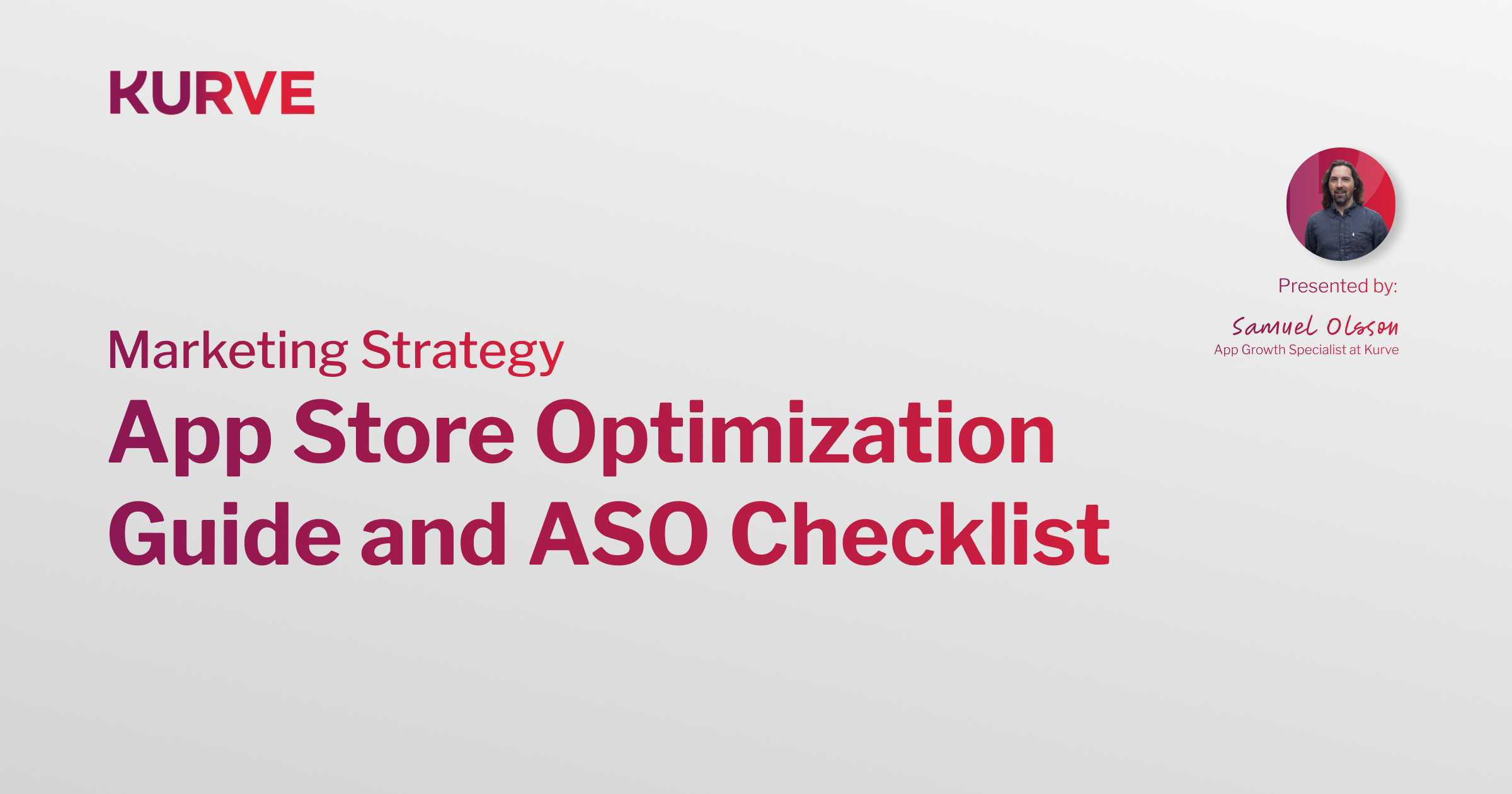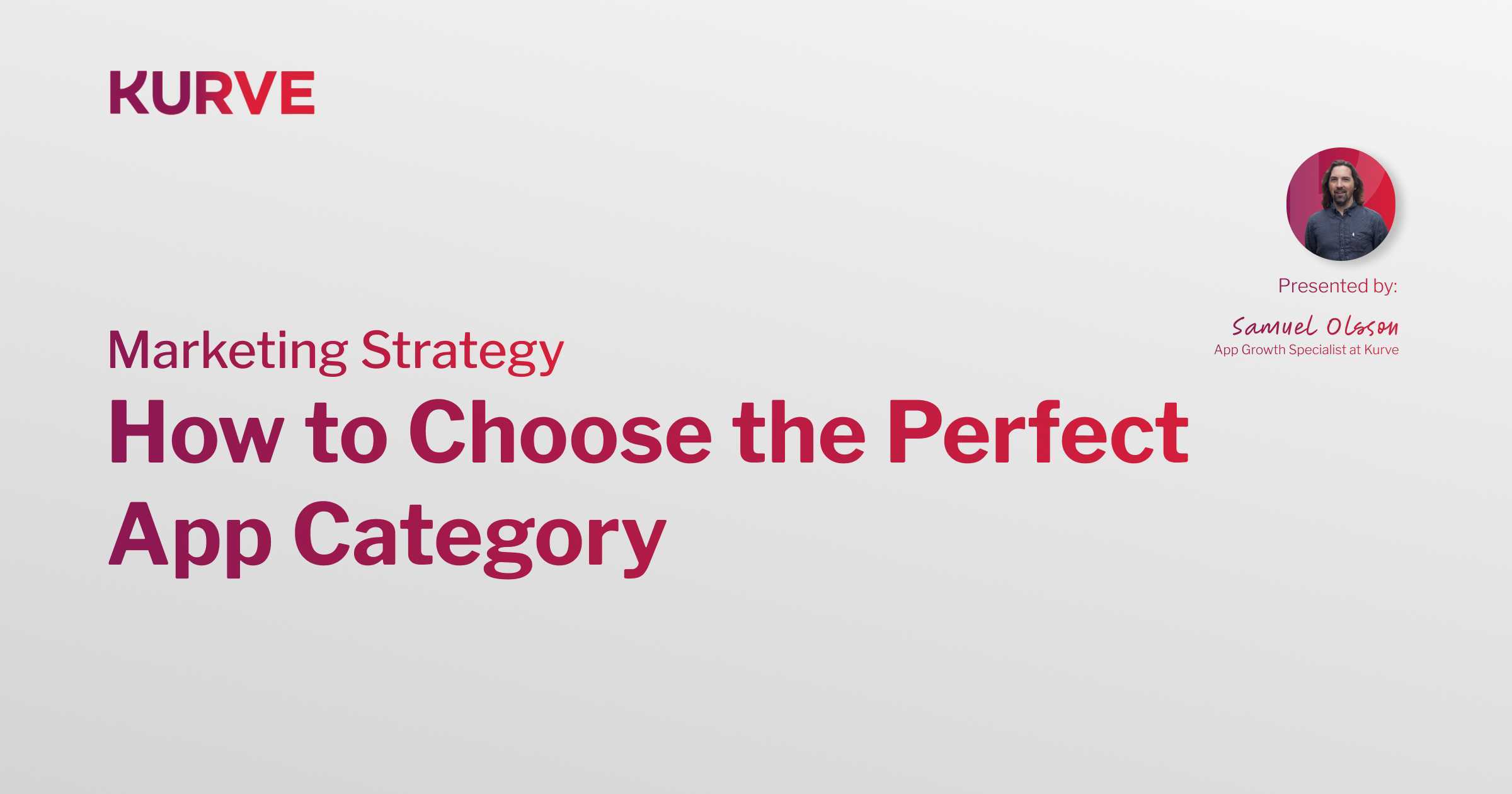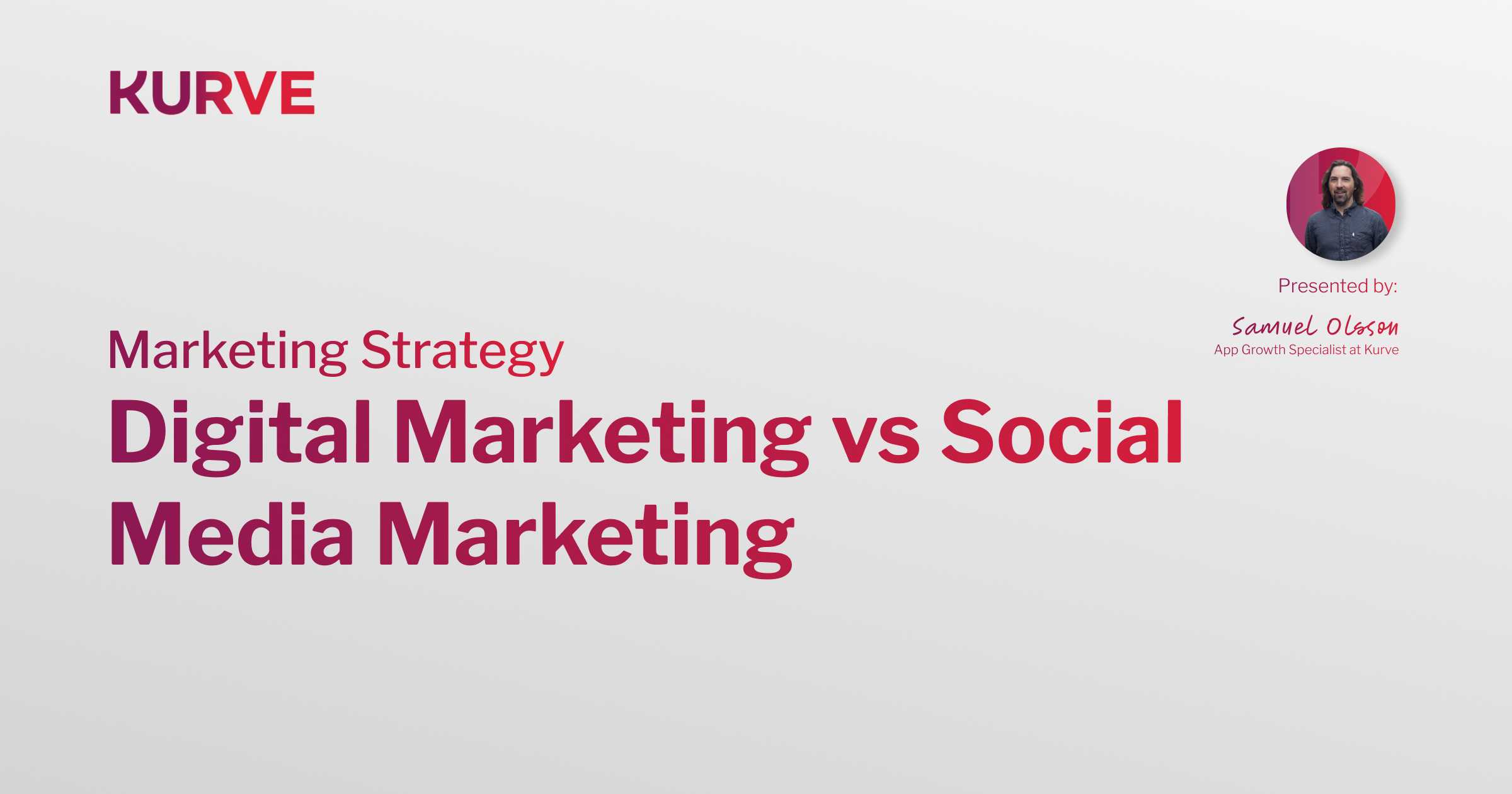How the Right Track Can Fight Ad Fatigue and Unlock Viral Growth
Your CAC is rising. Your CTR is falling. Your team is in a constant scramble to refresh ad creative, swapping out headlines, button colors, and UGC clips.
But the needle isn't moving.
This is ad fatigue, and it’s the silent killer of performance campaigns. The problem is that while we obsess over visual changes, we completely ignore the most powerful variable: sound.
Table of Contents
- Your Next Performance Lever Isn't Visual, It's Audible
- Case Study: How Treecard Tapped the "if i were a fish" Zeitgeist
- "But Isn't Licensing Real Music Expensive?"
- Your Next Experiment: Stop Buying Stock, Start Discovering
We’ve all been guilty of it. You finish an ad, you have 10 minutes left, so you open a stock music library, type "upbeat corporate," and grab the first track that doesn't sound completely terrible.
The result? Your expensive, highly-optimized video ad sounds exactly the same as every other ad in your audience's feed. You’ve achieved "sonic sameness." You're not stopping the scroll; you're just becoming background noise.
If you want to beat ad fatigue, you need to stop doing this. It's time to treat music as the performance lever it is.
Your Next Performance Lever Isn't Visual, It's Audible
Authentic music—real songs from real, emerging artists—offers three distinct advantages over the generic "quirky ukulele" track.
- It's a Pattern Interrupt: A real song doesn't sound like an ad. It sounds like a discovery, a personal post from a friend, or a trending TikTok. It breaks the "I'm being sold to" pattern and buys you a few precious seconds of attention.
- It Borrows "Cultural Cool": By featuring a track that's ahead of the trend, your brand becomes a tastemaker. You are not just borrowing credibility from a massive, over-licensed pop song; you are creating cultural relevance from the ground up.
- It Creates Real Emotion: Stock music is designed to be emotionally vacant. Real music is the opposite. It’s created to evoke a specific feeling. That emotional resonance transfers directly to your brand and message, making it far more memorable.
When you find the right track—one that hits the zeitgeist and aligns perfectly with your brand, the results aren't just incremental. They can be explosive.
Case Study: How Treecard Tapped the "if i were a fish" Zeitgeist for 40M+ Views and 5m incremental streams
We saw this happen in April 2023 with a campaign for Treecard, the app that plants trees as you spend.
The artist corook had just released a song, "if i were a fish," that was beginning to go viral on TikTok as a wholesome anthem about kindness and sustainability. It was the definition of an emerging cultural moment.
Instead of ignoring it, the Treecard team (working with Kurve) moved to capitalize on it. They partnered with creator Emery Taylor (@groovyemery) to create a paid ad that felt entirely organic. The video's message, "me omw to walk EVERYWHERE after finding out that i can plant a tree for every 10,000 steps"—was perfectly aligned with both the Treecard product and the song's gentle, eco-conscious vibe.
This wasn't just another ad. It was a brand participating in the zeitgeist.
The results were immediate.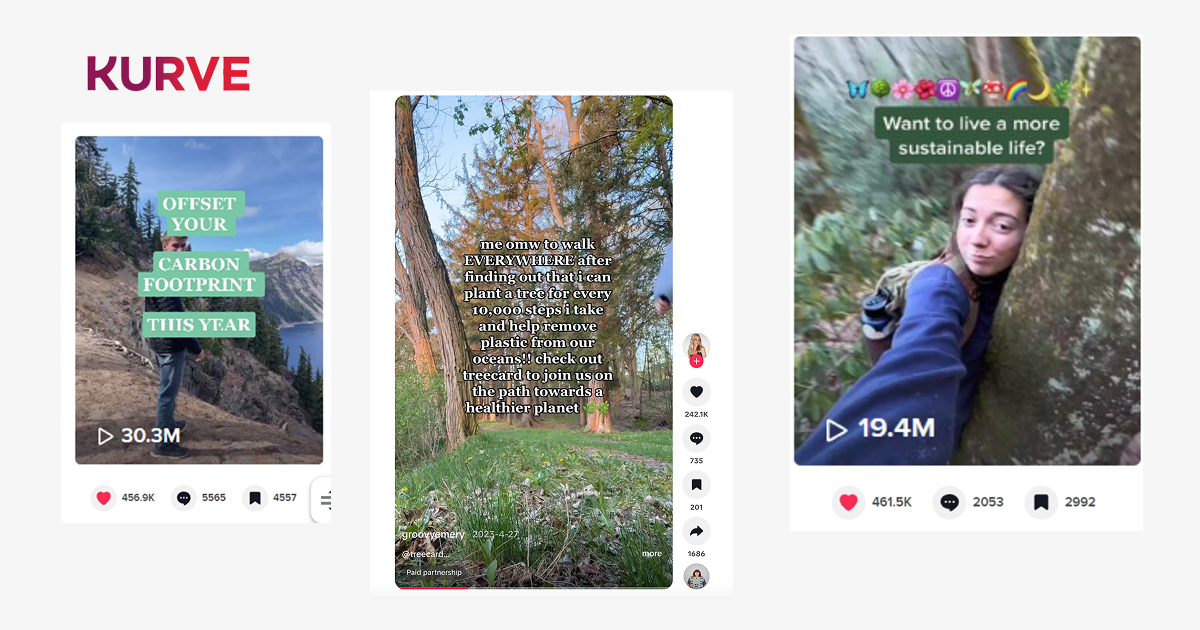
That single ad creative received 9.6 million views and over 242,000 likes.
This wasn't just a win for the brand; it created a powerful "win-win" flywheel.
- For the Brand (Treecard): The ad went viral, driving massive, low-cost reach and user acquisition. The comments section was flooded with "What's this song??"—a clear sign that the ad had transcended its format and become a piece of discovery-first content.
- For the Artist (corook): The exposure was transformative. During the campaign, she saw an incremental 5 million streams directly attributable to the ad's success. The song has since crossed 18 million streams on Spotify, cementing it as a viral hit.
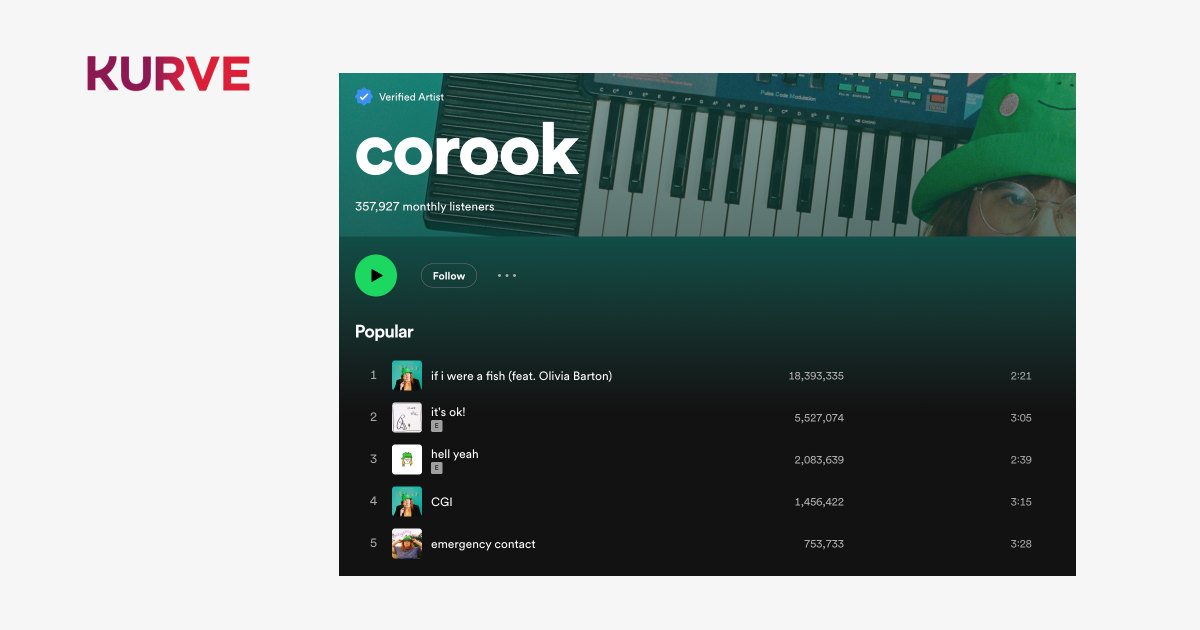
This is the holy grail of creative strategy: the ad stopped being an ad and became a discovery engine. The brand’s ad spend became the artist’s marketing budget, and the artist’s cultural cool became the brand’s performance boost.
"But Isn't Licensing Real Music Expensive?"
This is the question that stops 99% of marketers from even trying.
In the past, yes. Sourcing a "real" song (especially one that's already trending) meant complex negotiations with labels and publishers, five-figure budgets, and weeks of legal hurdles.
But that's no longer the case. The creator economy has produced a massive, untapped inventory of incredible music. According to Luminate, nearly 100,000 new tracks are uploaded to streaming platforms every day, and 90% of them get fewer than 1,000 plays.
These artists aren't looking for a massive payout. They're looking for discovery.
This is precisely why I’ve been working on a new solution to bridge this gap. It’s a platform called usemelody.co (full disclosure, it's a Kurve backed start-up) that is built for this exact strategy.
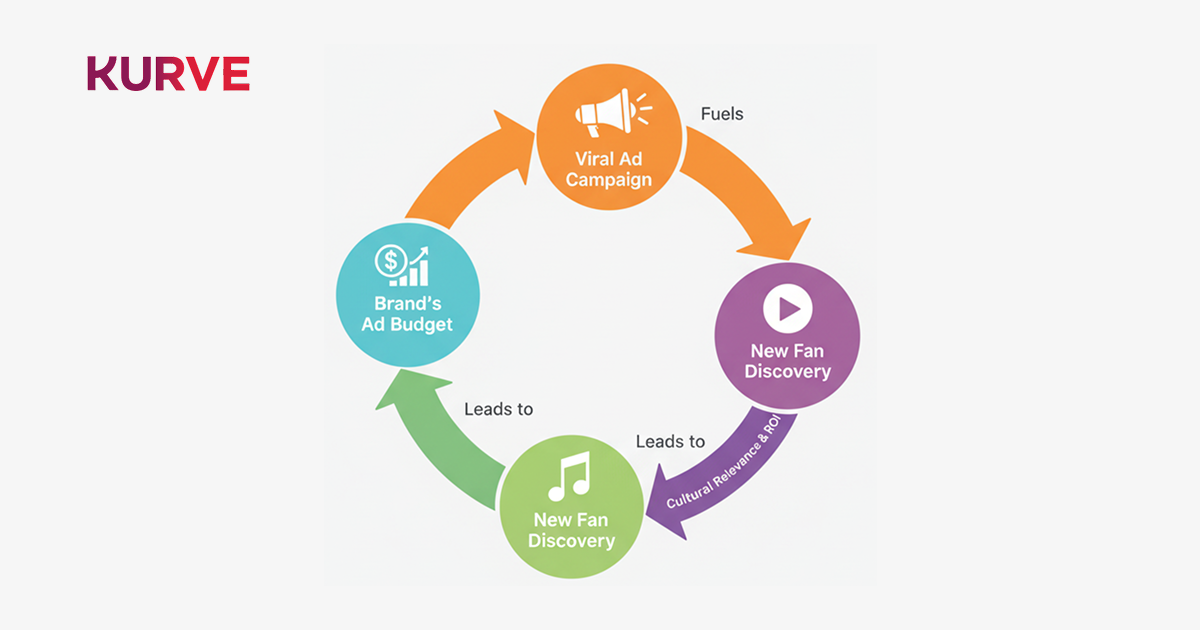
It connects brands and marketers directly with a library of "unheard" indie artists, allowing you to license pre-cleared, authentic music for your ads—with licenses starting from just $5.
It’s designed to make musical experimentation as fast and affordable as changing a headline.
Your Next Experiment: Stop Buying Stock, Start Discovering
Ad fatigue is a creative problem, not just a bidding problem. Your next 10x performance boost won't come from a new audience segment. It will come from a creative breakthrough.
So here's the experiment to run next quarter:
- Take your top-performing ad.
- Duplicate it. Keep the visuals identical.
- Instead of the generic stock track, spend 30 minutes finding an authentic, emerging artist on a platform like usemelody.co that matches your brand's vibe.
- Run the two ads head-to-head.
Stop treating music as an afterthought. It's your most under-leveraged asset. The next viral campaign won't just be seen; it will be heard.
